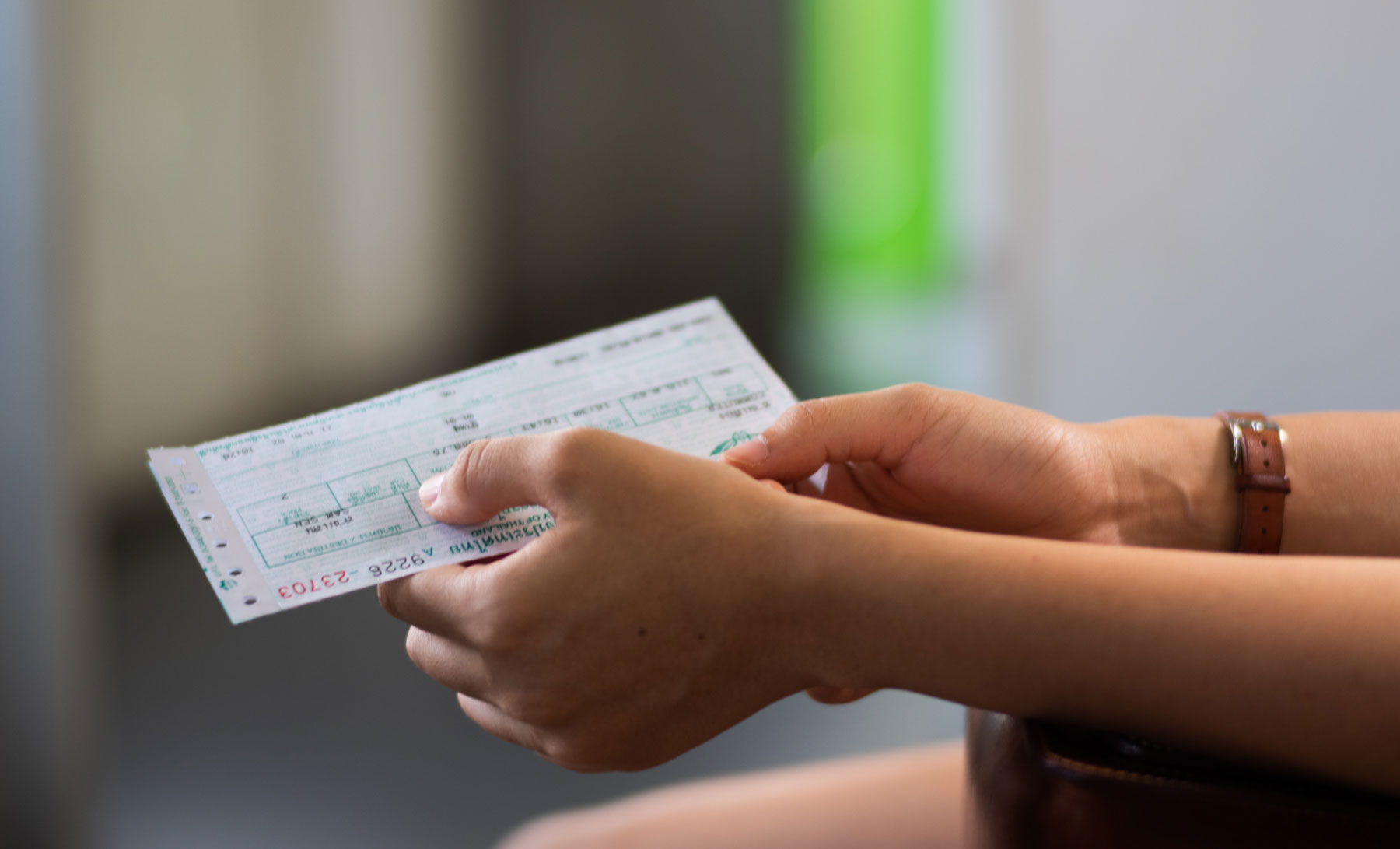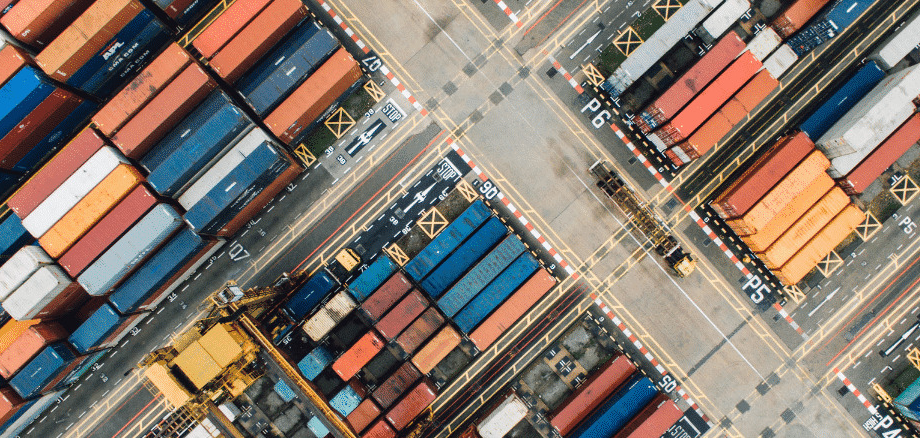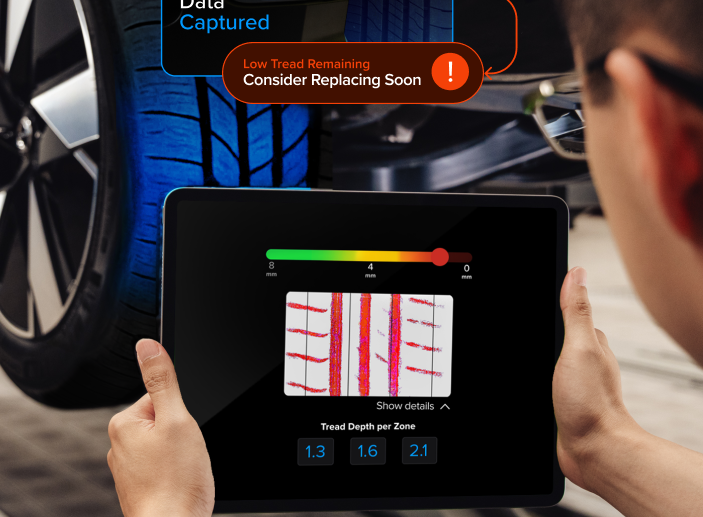
How OCR Solutions Improve Ticket Scanning Apps
Ticket inspectors on public transport, like buses, trains, and the subway, typically check hundreds of tickets daily, often looking at each ticket individually. When the ticket is invalid, they issue a fine. More often, mobile devices using a ticket scanner app are being used to speed up this process. Yet, with more passengers each year, the problems still remain.
Jump to key topics
Jump to key topics

1. How have ticket scanner apps changed inspections?
Environmental awareness has pushed more people to use public transport and with this has come changes to ticketing. Passengers still buy tickets, and then officers use a ticket scanner app on a handheld device to check it. While an improvement, there are still some problems.
If the traveler hasn’t bought a ticket, the inspector has to request immediate payment of a fine or manually enter the personal data of the passenger into the system to send a citation by post. That’s much more difficult as passenger numbers increase and grow over time.
2. What are the greatest challenges faced by ticket officers?
Governments try to meet the demand for better public transportation options. One example is the new Austrian Klimaticket, which makes public transportation affordable and attractive to citizens. However, this type of innovation has created a massive new demand for tickets from passengers.
Public transportation companies are not prepared for this increased number of passengers. With more passengers, ticket inspectors have to be able to work more efficiently to meet demand. At the heart of many delays is the need to issue fines if the passenger doesn’t have a ticket. This often leads to the need to manually enter information into a device.
It’s a stressful process for the inspector who has to deal with an unhappy and uncooperative customer. This pressure along with the need to check every passenger present, leads to an increase in mistakes. Sometimes, customers even provide inaccurate information, further compounding the process.
3. What technology solutions are there to face those challenges?
There’s new tech that can improve the process. Optical character recognition (OCR) is at the heart of this. Using this tool, inspectors accurately scan drivers’ licenses, IDs, passports, or other information using a camera on their mobile device.
OCR technology lets those inspectors scan ticket barcodes and passenger IDs instantly, moving from one person to the next quickly. This leads to significant increases in how many tickets can be scanned and creates efficiencies.
An added benefit is that inspectors only need a single device as they can scan both the barcodes and IDs with a standard smartphone. What’s more, this technology is very flexible and easy to integrate. It works with virtually any camera-enabled device running Android, iOS, or UWP. It’s inexpensive even working with cheaper, low-performance smartphones.
4. What benefits are there to the OCR solution?
One of the core benefits is speeding up the process. Tickets are validated in seconds. If there’s no ticket, the data is added quickly using the ID scanned. What took minutes now takes no time at all.
It’s also more accurate. Inspectors who were rushing no longer need to, reducing the number of mistakes. Incorrect data claims are eliminated, meaning there’s a higher chance of recovering fines. Since Anyline capture ID data is at 99.9 percent accuracy, there’s no need for manual checks of this information. This leads to a higher success rate of collecting fine-related information.
Data remains secure, too. Anyline scanning works offline allowing data capture and storage without requiring a connection to a third-party server. It’s certified according to ISO/IEC 27001 security standards. That helps ensure the highest level of data protection possible for stored information. It’s possible to use mobile data capture safely and remain GDPR compliant.
5. How will it change the transportation experience in the long run?
It’s safe to say that there will always be people who try to avoid paying for their tickets, and then even the fines as well! And the harsh truth is that the inconvenience of current ticket inspection processes plays into their favor.
But with barcode and ID scanning on a single device, inspectors can complete the job in a fraction of the time, meaning more tickets checked, faster fines imposed and greater revenue for the transport provider.
But the benefits are not just for inspectors, and the company’s bottom line. It also leads to a better passenger experience as well. With a seamless and stress-free ticket inspection system, passengers face less disturbance during their journey, which improves their overall customer satisfaction.
Upgrading to a more efficient process may be critical as public transportation demand grows. Inspectors cannot keep up with the demand for their skills otherwise.
6. How can ID and Barcode Scanning be integrated into a ticket scanner app?
Anyline software development Kit (SDK) is an easy-to-integrate system that offers outstanding customer service and a robust implementation process. Anyline works with virtually any smartphone device as well as supports integration frameworks like Xamarin, Cordova and React Native. It can also be updated with new features from time to time. The software can be scaled to numerous devices and hardware platforms in a seamless manner.

